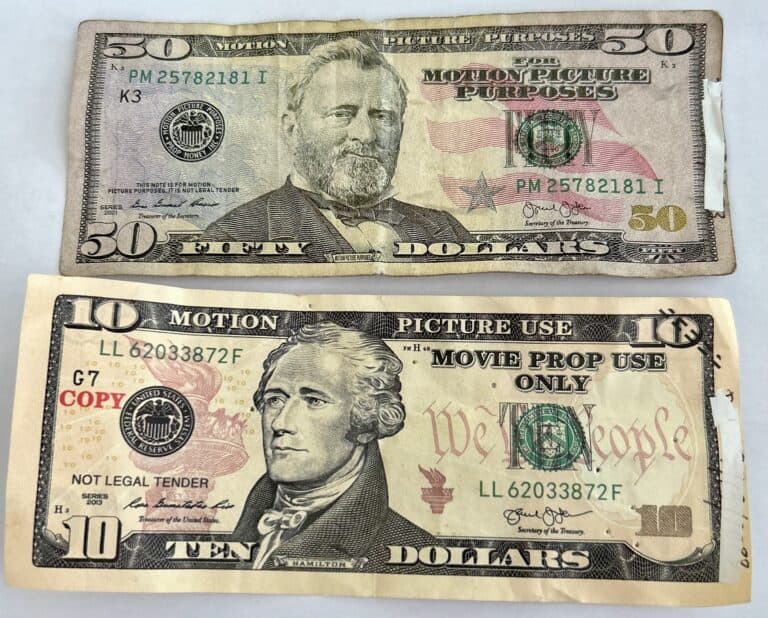Total Solar Eclipse Headed to Texas

By Greg Ritchie
Messenger Reporter
EAST TEXAS – If you are anywhere where you can safely pause and look up at the sky on the afternoon of Monday, Apr. 8, you might just see something extraordinary – a total solar eclipse. The first one visible over Texas since 1878 and the last one to be seen over the U.S. until 2044. With total solar eclipses being so rare and over 480 miles of Texas covered in the eclipse’s path, it’s important to know where and how to watch the astronomical event.
The path of “totality,” where the disc of the moon will almost completely blot out the sun, will run from the Texas border to the north of the state. The path runs almost 500 miles long and over miles, but will run north and west of Houston County and surrounding areas. There are some plans to make an event locally to watch what might be visible, but no confirmed plans, for now.
The eclipse will run south-west to north-east, running from the Del Rio and Eagle Pass areas, along towards the Oklahoma border, between Sherman and Texarkana. Cities and towns along the path are already filling up, with festivals, “watch parties” and hotels and other accommodations quickly filling.
12 million Texans will be directly in the path, with the entire city of Dallas set to darken that day, with the time of any one area being in darkness around four minutes. The Texas journey will begin about 1:30 p.m. and last only a few minutes, as the path pushes north-east, towards Arkansas and Tennessee.
The expected times for best viewing:
- Eagle Pass: 1:27 p.m.
- Uvalde: 1:29 p.m.
- San Antonio: 1:33 p.m.
- Austin: 1:36 p.m.
- Waco: 1:38 p.m.
- Dallas and Fort Worth: 1:40 p.m.
- Tyler: 1:43 p.m.
- Texarkana: 1:46 p.m.
Texas Department of Transportation (TxDOT) is already warning motorists to expect traffic jams and long lines anywhere along the path, with several areas already planning for record crowds. They urged people to get where they plan to watch with plenty of time and to not stop on the roadways to look, which could cause accidents.
“Many Texans will be able to see a total solar eclipse from their backyards,” said Matthew Heinze, TxDOT emergency management coordinator. “And residents of neighboring states and other counties will travel here to see it, resulting in additional vehicles on state roads. Projections say there could be up to a million people who travel to, through and within Texas to get to the path of totality to see the eclipse.”
TxDOT is already putting out signs warning travelers to be careful and set out some guidelines for visitors from other states traveling to Texas to see the moon blot out the sun.
- Expect heavier-than-usual traffic in the days before, during and after the eclipse, especially on major corridors near the path of totality.
- Leave early and plan your route. Your drive may take longer than predicted. DriveTexas.org has up-to-date traffic conditions.
- Find a safe, designated space to park before the eclipse. Do not stop in the middle of the road or on a road shoulder.
- “Drive friendly, the Texas way.” Bring a calm and courteous attitude on the road with you.
- Enjoy the beautiful wildflowers that will be in bloom, but don’t drive over or trample them, so they can grow back next year.
- Don’t let litter eclipse Texas. Dispose of all waste in a proper trash can.
It goes without saying, even during an eclipse, do not look directly at the sun. Even dark sunglasses are not safe, although special “eclipse glasses” can be purchased online. Even with these special glasses, using them in conjunction with a photo lens or binoculars is still enough to do serious damage to the eyes. An eclipse can also be viewed indirectly, using a pinhole in an index card, for example, and watching the reflection with the sun behind you. The reflection will show the sun dimming as the moon moves across its path.
The City of Waco is among those taking advantage of the eclipse to draw tourists, with music and festivals planned over the weekend to lure visitors to stay three days in the city.
If you just cannot wait until 2044 to see the next total solar eclipse, one of the best routes is along Interstate 35, from Austin to Waco.
Greg Ritchie can be reached at [email protected]






